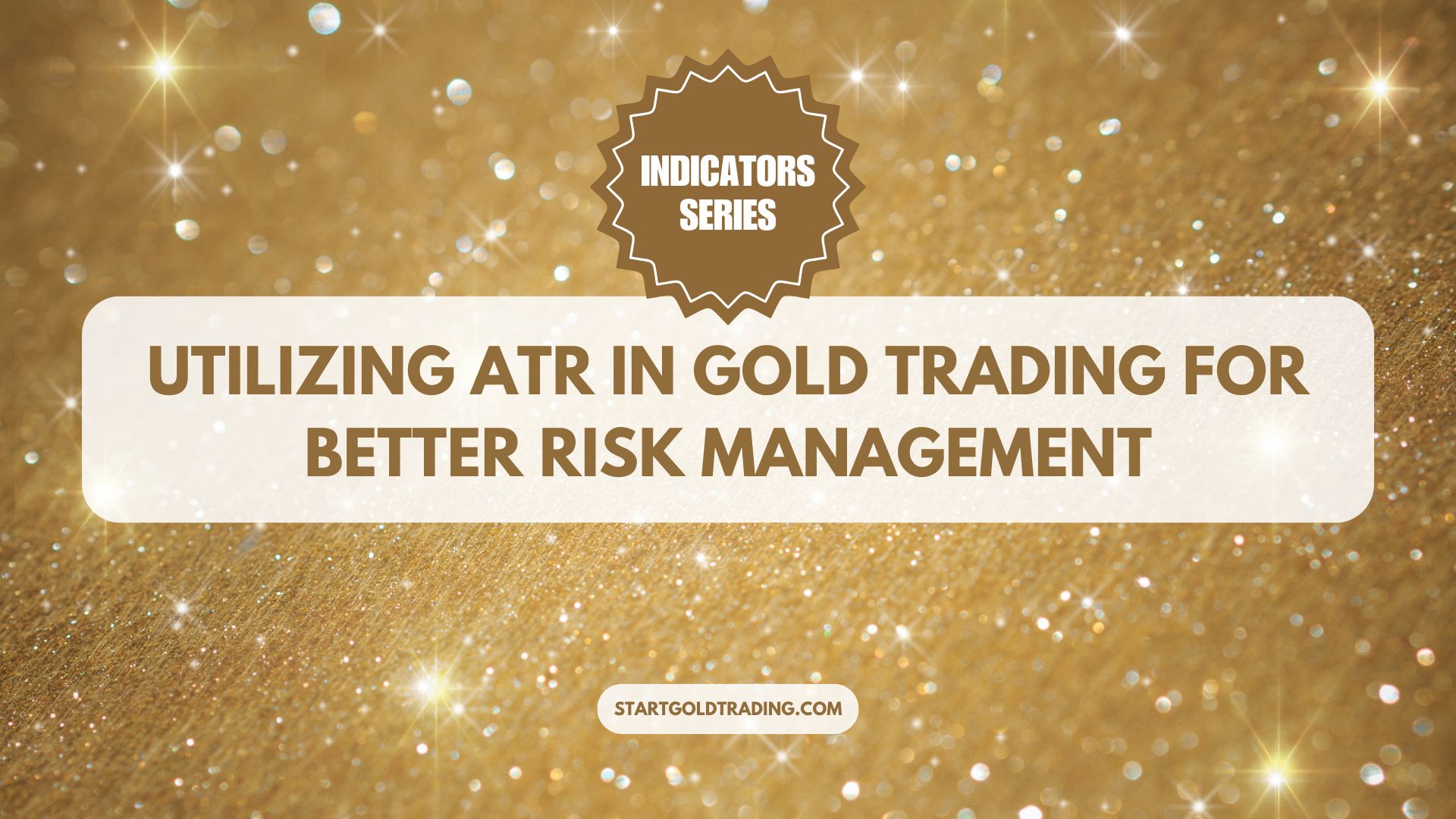Introduction to Average True Range (ATR)
The Average True Range (ATR) is a technical analysis indicator that measures market volatility by decomposing the entire range of an asset price for that period. Originally developed by J. Welles Wilder Jr. for commodities, the ATR is a moving average of the true ranges of the asset for a given period. The true range is the greatest of the following: current high minus the current low, the absolute value of the current high minus the previous close, and the absolute value of the current low minus the previous close.
Relevance to Gold Trading
Gold is known for its price fluctuations and can react dramatically to global economic indicators, geopolitical tensions, and changes in market sentiment. The ATR is an essential tool in such a volatile environment as it helps traders assess the volatility level of gold and adjust their trading strategies accordingly.
- Volatility Measurement: The ATR indicator does not provide directional information, but by indicating the degree of price movement or volatility, it offers critical insights into the risk level involved with potential trades.
Execution Strategies
Understanding how to apply the ATR effectively can significantly enhance risk management strategies in gold trading:
- Setting Stop Losses: One of the primary uses of the ATR in trading is to help traders set their stop loss orders. A common strategy is to set stop losses at a multiple of the ATR. For instance, a trader might set a stop loss order at a distance of 1.5 times the ATR below the entry point for a long position. This method helps ensure that the stop loss is set outside of the normal market fluctuation defined by the ATR, thereby reducing the likelihood of a stop-out due to regular volatility.
- Position Sizing: The ATR can also aid in position sizing by adjusting the size of the position according to the current market volatility. If the ATR is high, it indicates higher risk; thus, a trader might reduce the position size to maintain a consistent risk level.
Pros and Cons
Pros:
- Enhanced Risk Management: By providing a clear measure of market volatility, the ATR helps traders manage risk more effectively, tailoring stop-loss orders and position sizes to current market conditions.
- Adaptability: The ATR can be adapted for use in any trading timeframe, whether day trading, swing trading, or longer-term positional trading.
Cons:
- Timing Issues: Since the ATR is a lagging indicator, it bases its calculations on past data, which can sometimes lead to outdated information, particularly in a fast-moving market like gold.
- No Directional Information: The ATR does not indicate the direction of the trend, only the volatility. Traders need to combine it with other indicators for a comprehensive trading strategy.
Conclusion
The Average True Range (ATR) is a vital tool for gold traders focusing on risk management. It offers critical insights into the volatility levels of gold, allowing traders to adjust their strategies to better cope with the inherent risks of gold trading. While it has its limitations, such as being a lagging indicator, its benefits in enhancing risk management practices are undeniable. By integrating the ATR with directional indicators, traders can develop robust trading strategies that cater to both the volatility and trend direction of gold.

